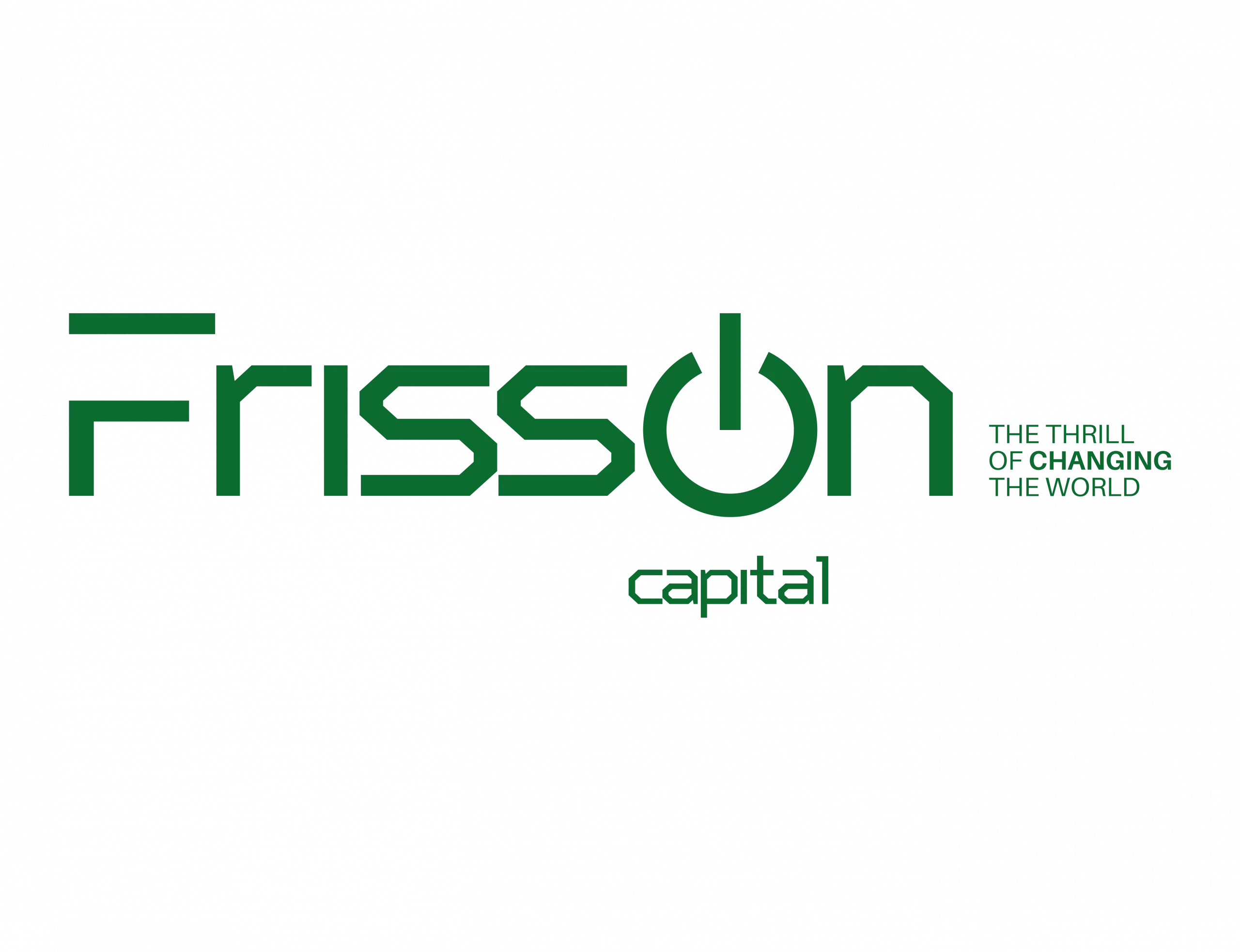Purpose-driven plans differ from traditional business plans: they begin with a statement of purpose rather than a business or career objective, and they take a holistic view of professional and personal life rather than ignoring the fact that you have a family or outside interests and commitments.
For some years now, many companies around the world have been concerned about defining and asserting their mission, vision, and corporate values, considering that these are the key elements that identify each company and give them the reason why and for what they exist.
Just as companies define their corporate mission, people also seek to determine their mission in life-based on personal convictions and the things they believe in and stand for, primarily to achieve success.
Perhaps this is why people talk endlessly about the things they do at work and how they do them; what challenges they have faced and with what accomplishments; how they have contributed to the achievements of the company they work for; and what their next steps are for growth. Yet virtually no one reflects on why they do what they do: what motivates them, what gives them purpose, what is their measure of success, and what guides them when things go wrong. You could call all this the purpose, the reason for everything they do, and the core of who they are.
So: What can we say about purpose? In general, the purpose is the belief that your life is important and that you make a difference; it is a sense of being guided by meaningful values and goals. Purpose can be related to family or parenting, career, religion, activism, artistic pursuits, or other contributions to the community.
Purpose does not necessarily have to tend to change the world, nor does it have to include finding cures for disease or inspiring world peace. It can simply be doing what is meaningful. It’s working with your abilities to help others or contribute to the community at large or the expression of personal talents to help family or friends. For example, in Japanese, the word Ikigai describes a reason for being or a reason to get up in the morning; one woman expressed her ikigai as “the need and desire to make soup for her family.”
For both individuals and organizations, the purpose is important.
A study published in Psychosomatic Medicine found that when people have a greater sense of purpose, they have a lower incidence of cardiovascular disease and lower mortality. Likewise, a University of Pennsylvania study found that when people have a greater sense of purpose, they experience less loneliness and make better lifestyle choices to protect their health.
On the business side, a study published by Harvard Business Review revealed that when companies have a clearly articulated and widely understood purpose in the organization, they achieve better growth; 52% of companies with a purpose experienced growth greater than 10%, 66% achieved greater global expansion, 56% had more product launches, and 52% achieved success in their transformation efforts.
On the work side, purpose also brings benefits, according to a recent Northwestern University study. When companies have a greater sense of purpose, their employees report that their work is more meaningful. And research from the University of Sussex found that when leaders demonstrated clear purpose – vision, stakeholder engagement, and strong morale – their employees were happier and more productive.
Purpose and Impact
In the last five years, there has been an explosion of interest in purposeful leadership even though the view varies among the different groups that study it: Academics argue persuasively that the most important function of an executive is to manage the organization’s purpose; business experts argue that purpose is the key to exceptional performance, and psychologists describe it as the path to greater well-being.
Harvard Business School research shows that while executives say the purpose is the key to accelerating their growth and deepening their impact, professionally and personally, fewer than 20% have a strong sense of individual purpose. Fewer can put it into a concrete statement, although they find it easier to articulate their organization’s mission clearly. When study participants were asked to describe their purpose, they expressed generic and confusing phrases but without clarity about how they will be able to translate their purpose into action; therefore, they limited their aspirations and could hardly realize their most ambitious personal and professional goals.
Articulating a purpose and finding the courage to live it is what specialists call “purpose to impact,” which is the most important developmental task a leader can undertake.
Let’s think about some examples:
Dolf van den Brink, president and CEO of Heineken USA, identified a decidedly unique statement of purpose: “To be the Wuxia master who saves the kingdom,” (Wuxia means “martial arts knights” and is a distinctive genre in Chinese literature television, and film), which projects his love of the genre’s films, his inspiration from the wise warriors in the movies, and reveals his delight in facing risky situations that involve taking action. To that end, he created and executed a plan to revive an inherited, challenging business in extremely difficult economic conditions.
A factory manager in Egypt used his purpose, “Create families that excel,” to persuade employees to honor the 2012 protest movement by not joining marches but by sustaining their loyalty to each other and keeping their shared operation going.
But surely a case that may be more familiar is that of U.S. television host Jimmy Fallon, who spent years chasing a dream that wasn’t his until he found his purpose (his why?) and changed everything.
That wasn’t easy; Fallon didn’t have a why, and no one could give it to him. She realized she would have to find it on the job. “The more you do it shapes who you become,” he said in an interview. Without a way to guide him, he found the first step: stop focusing on what he doesn’t have and start focusing on finding the purpose to make an impact; he slowly rebuilt himself and stopped focusing on the things he wanted to do to focus on why people need them. He realized and said, “I think my motive is, ‘Can I make people happy?’
The Importance of Alignment
We all want to participate in great projects that involve others, so alignment is critical. For example, serving coffee in a coffee shop contributes to the opportunity for people to come together in conversation and community. The accounting clerk who processes payments at the university contributes to students’ learning and paves the way for them to achieve their goals.
Companies that can develop a strong purpose but also help people see how they contribute to it will reap the greatest rewards in terms of employees who contribute discretionary effort and get up with energy each day. A strong purpose can also help people choose and clarify their investments of time and effort and, for individuals and companies, make decisions that ensure the greatest match between values, talents, and contributions.
Achieving alignment with purpose involves a few key actions that are vitally important. The first is to clarify the purpose, i.e., to define it as clearly and in as much detail as possible, identifying what differentiates your purpose and what makes your contribution unique.
The second action is to articulate that purpose, which involves writing it down and reviewing it periodically so that it is always fresh in your mind. In the case of companies, they should communicate it widely and periodically so that employees are aware of why the company exists and what it aims to achieve so that they realize the importance of their work to the work of the company as a whole. The purpose allows to unify, galvanize and energize the parties involved.
Another aspect to keep in mind is to use purpose to decide where to play and how to win, define the market to establish value propositions, and design plans. No choice is ideal, but we always have the possibility of selecting a job or task that is as close as possible to what matters to us.
Finally, an important action is to monitor, measure, and regularly evaluate, as circumstances or contexts may change and therefore need to be adapted; this process is important for the future of each employee’s work and, consequently, for the future of work in general.
How to Find My Purpose?
To begin with, it is necessary to recognize that finding your purpose is not easy; if it were, we would all know exactly why we are here, and we would be living that purpose every minute of every day.
The problem is that we are constantly exposed to various messages from various people, from our parents to marketers, telling us how we should be (smarter, stronger, richer) and how to be leaders. Against this backdrop, not being other than yourself is a tough task. But when you have a clear idea of self, everything else comes naturally.
It is not uncommon that some will search for their purpose through introspection and reflection. Others will be uncomfortable and anxious to find it. However, it is in personal experience that value and purpose are discovered individually and professionally. The key to attracting both dreamers and skeptics is building a process with room to express individuality and offering practical step-by-step guidance.
What to do to find purpose? The first thing is to map out your life to identify the strengths, values, and passions that have been present throughout your personal history; it’s about discovering everything that energizes you and brings you joy.
Think about what you liked to do as a child before you were told what you should like or do; think about one of those moments, describe it internally, and ask yourself how it made you feel. Then recall one of the most challenging experiences you have faced and how it influenced you. Then, share with a small group of friends so you can get a clear picture of yourself through their feedback; alone, you can’t identify your purpose.
After that, try to write your purpose in a clear and concise statement, for example: “My purpose is _____”. This statement should be expressed in your own words, project your essence, and should call for action.
Dolf arrived at his “wuxia master” statement after delving into his filmmaking experiences and vividly recalling his experience of running a brewery in the Congo. Faced with the threat of an extremist group, he had to decide to shut it down to protect his employees and prevent looting. He focused on families as his purpose because his personal stories revealed that family love and support had been the key to facing all the challenges in his life. For his part, the factory’s Head of Retail Operations stated his purpose as “Compelled to improve” after realizing that his greatest achievements had always come when he pushed himself and others out of their comfort zones.
As you review your stories, you will see a unifying thread, just as many executives have. Pull that thread, and you will discover your purpose.
Putting Purpose Into Action
But writing the purpose is not enough. You must also imagine how fulfilling the purpose will have on your actions. It is virtually impossible to fulfill one hundred percent of our purpose. We can do it frequently, fully aware, and effectively.
Purpose-driven plans differ from traditional business plans: they begin with a statement of purpose rather than a business or career objective, and they take a holistic view of professional and personal life rather than ignoring the fact that you have a family or outside interests and commitments.
When executives approach development with purpose, their aspirations are enlivened, and leaders also become more energized in their current roles. Dolf’s impact plan inspired him to approach his role at Heineken USA with four mottos for his team: “Be bold,” “Decide and do,” “Hunt as a herd,” and “Take it personal.”
Let’s do a hypothetical purpose plan involving several people to get an in-depth view of the process: “Richard” arrived at his purpose only after being prompted to talk about his lifelong passion for sailing; suddenly, he found a set of experiences and a language that could redefine the way he viewed his work.
Richard’s development plan began with his statement of purpose: “To leverage all elements to win the race.” This was followed by an explanation of why that is his purpose. Research shows that understanding what motivates us dramatically increases our ability to achieve big goals.
Next, Richard addressed his three- to five-year goals, using the language of his purpose statement. This time frame is considered long enough to evaluate whether the purpose is being fulfilled and is not so long that it creates complacency. A purpose may be to get an important job-in “Richard’s” case, a global sourcing position-but the focus should be on how he will do it and what kind of leader he will be.
Then consider two-year goals. This is a time frame in which the big future and the current reality begin to merge. What new responsibilities will he take on? What does he need to do to prepare for the long term? Remember to address his personal life as well because he should more fully live his purpose everywhere. Richard’s goals make explicit reference to his family or “beach crew.”
The next step is setting one-year goals, often the most challenging. Many people ask, “What if most of what I do today is not aligned in any way with my purpose? How do I get from here to there?”
There are two ways to approach this problem. The first is to think about whether you can rewrite part of the narrative or change the way you do some tasks to make it an expression of your purpose. For example, to “Richard,” the phrase “seaworthy ship” helps him understand the meaning of managing a basic procurement process.
The other way is to consider adding an activity that is 100% aligned with the purpose. It is known that most people can devote 5-10% of their time to something that energizes them and helps others see their strengths. Making Richard’s decision to contribute to the global strategic sourcing effort is not part of his “day job,” but it does engage him in a more purpose-driven project.
What are the critical next steps? What must he devote the next six months, three months, and 30 days to meet the annual objectives he has set for himself? The importance of small wins is well documented in almost every management discipline, from change initiatives to innovation.
When detailing the next steps, you must list the most critical activities or deliverables about the newly stated objective and purpose. You will probably find that several of your tasks seem much less urgent than before, while others that you had set aside are a priority.
Finally, it is important to keep in mind the key relationships necessary to turn your plan into reality. Identify two or three people who can help you live more fully into your purpose. For “Richard,” it’s Sarah, the human resources manager who will help him build his team, and his wife, Jill, the manager of his “ground team.”
In experience, some executives express that their purpose plans help them stay true to their short- and long-term goals, inspiring courage, commitment, and focus. When they feel frustrated or hesitant, they pull out the plans to remind themselves of what they want to achieve and how they will do it.
After creating his plan, Dolf van den Brink said, “I’m much clearer about where I can contribute and where I can’t. I’m much clearer about the kind of things I can do. I have all the clarity about what kind of roles I aspire to, and I can make explicit decisions along the way.”
In a Few Words
The purpose is who you are and what makes you distinctive. Whether you are an entrepreneur in a startup, the president of a Fortune 500 company, a call center representative, or a software developer, your purpose is your brand. It is what you set out to achieve and the drive that makes you tick. It’s not what you do but how you do it and why; it’s the strengths and passions you bring to the table, regardless of your job or personal position.
Although you may express your purpose in different ways in different contexts, it is what everyone close to you recognizes as uniquely yours and would miss most if you were gone. Your purpose is not a list of where you have studied and the skills you have acquired in your life, accumulating experience, but something that comes from your identity; it is the essence of who you are.
Nor is it a collection of motivational phrases that only remain as messages and do not result in actions. It is something very specific and personal that resonates with you and only for you. It’s not aspirational or social causes like “Save the whales” or “Feed the hungry.” And it’s not what you think it should be, but what it can’t help but be.
It’s the recognition that you (or your brand) are not simply the sum of the things you create, but something deeper that people come to you for A coffee shop doesn’t just serve coffee; it fosters community; entrepreneurs don’t just create businesses, they solve people’s problems.
Stop! Before moving on, I invite you to seriously reflect on your real personal and professional purpose and, above all, how you will put it into action.








